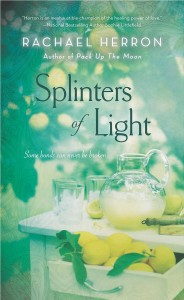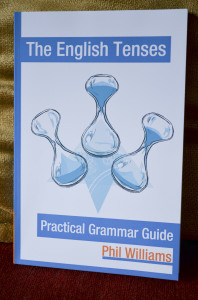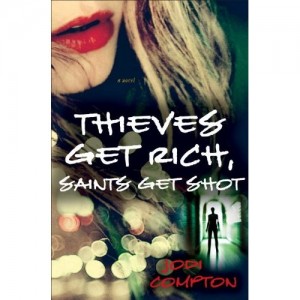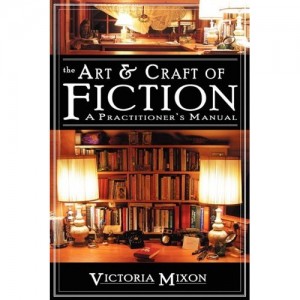(Note: This review was unsolicited and totally independent. The authors don’t know me. The links, however, are amazon affiliate links.)
I picked this book up on Amazon a few weeks ago when I was trying to fit a few more hours into my day. And if I were leaving this review on amazon, I’s probably give 4 out of 5 stars, because it’s practical AF. But, the reason I picked it up was because it boasted about strategies to get more writing done and not ignore your kids. Unfortunately, the book didn’t offer me anything new in that area.
Write after the kids go to bed. Check.
Write in the morning before they get up. Check.
Write during naptime. Check.
Write during screen time. Check.
Write next to their playroom. Check.
Apparently I am rocking the writing when your kids are disrracted thing.
Hell, Rufus’s favorite game is to climb mommy and play with her hair, so here’s a realtime photo of me trying to compose this post.

So while the book didn’t give me any insights in to how to find more writing time in my day, unless I actually want to give up sleep, it was comforting to read writing advice from someone who knows the chaos of having young kids around.
For serious, I fantasize about the days when all of the kids are in school all day long, and I can bike to the coffee shop while wearing a fabulous sundress and a pair of sandals that were on sale and spend six straight hours composing prose so heartrendingly beautiful I am automatically nominated for a Pulitzer, even before it’s published.
But alas, that doesn’t help me get words on the page today.
When I mentioned a couple posts ago that I don’t dig writing books because they are often too subjective, that doesn’t include this book. Every single piece of advice is super helpful. It’s not going to give you daily writing prompts, but it’s going to help you get clear on your goals, figure out when to write, what to write. And holy crap, the writing/self-editing tips are worth the $2.99 alone.
If you’re just starting out, this book is golden, and the advice about finding time to write would probably be more useful to you if you’re not already cramming writing into every available opportunity throughout your day.
What I didn’t realize until I sat down to write this post, is that a second book just came out! The Busy Mom’s Guide to Indie Publishing (Busy Moms Guides Book 2) Just came out like freaking yesterday. So, of course I already have a copy and am going to devour it tomorrow, because, hello, The Other Lane comes out in less than seven weeks! I will take all the advice I can get.
What are you reading right now? Anything fun?
PS, Did you know I’m offering <a href=”http://tinydinostudios.com/work-with-me”>editing services</a> now? If you’re a fiction writer and need someone to go over your manuscript, check out my <a href=”http://tinydinostudios.com/work-with-me”>work with me</a> page above.





